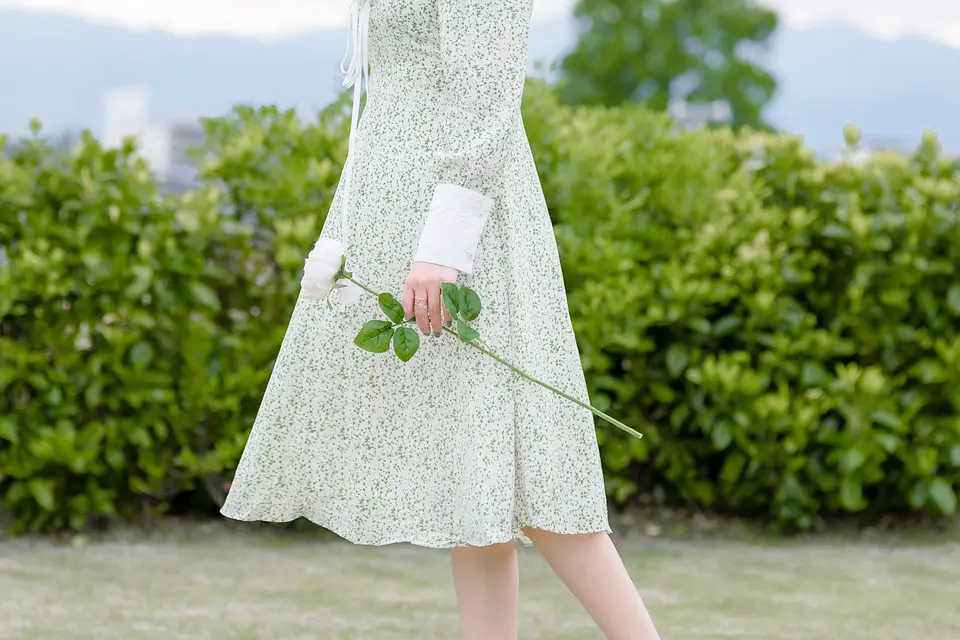Introduction
Having a beautiful outdoor space can greatly enhance the overall appeal and enjoyment of your home. Whether you have a small balcony, a spacious backyard, or anything in between, there are garden design trends that can help transform your outdoor space into a picturesque oasis. From incorporating sustainable elements to creating cozy outdoor living areas, here are some of the top garden design trends that you should consider.
1. Sustainable Gardening
With the increasing focus on sustainability, designing an eco-friendly garden has become a popular trend. This involves choosing native plant species that are adapted to the local climate, which require less watering and maintenance. Additionally, incorporating composting systems and rainwater harvesting methods can reduce waste and conserve water. Sustainable gardening also encompasses using organic fertilizers and natural pest control methods, minimizing the use of harmful chemicals.
2. Vertical Gardens
If you have limited space, vertical gardens are a fantastic way to maximize your outdoor area. These gardens utilize walls, fences, or specially designed structures to grow plants vertically. Not only does this save space, but it also adds an interesting visual element to your garden. You can use climbing plants, hanging planters, or even install ready-made vertical garden systems to create a lush green wall that will make your outdoor space truly unique.
3. Outdoor Living Areas
Having a dedicated space for outdoor living is becoming increasingly important in garden design. Creating cozy outdoor seating areas, dining spaces, or even outdoor kitchens allows you to fully enjoy and entertain in your garden. With the right furniture and decorative elements, you can transform your outdoor space into an extension of your indoor living area, making it perfect for hosting gatherings or simply relaxing with a book.
4. Edible Gardens
With the rise of homegrown produce and a desire for healthy food options, edible gardens have become a popular trend. Growing your own fruits, vegetables, and herbs not only provides you with a fresh and organic food supply but also adds visual interest to your garden. You can incorporate raised beds, container gardens, or even plant edibles among your existing landscape to create an attractive and functional garden.
5. Low-Maintenance Landscaping
In today’s busy world, many homeowners are looking for low-maintenance landscaping solutions. By choosing plants that are drought-tolerant, disease-resistant, and require minimal pruning, you can save time and effort on maintenance tasks. Additionally, using landscaping techniques such as gravel, mulch, or artificial turf can help reduce the need for frequent mowing and watering. With a well-planned low-maintenance garden, you can spend more time enjoying your outdoor space and less time maintaining it.
FAQs Section
Q: How can I incorporate sustainable elements into my garden design?
A: To incorporate sustainable elements, consider choosing native plants, creating composting systems, using rainwater harvesting methods, and prioritizing organic fertilizers and natural pest control methods.
Q: How do vertical gardens work, and what plants are suitable for them?
A: Vertical gardens utilize walls or structures to grow plants vertically, making efficient use of limited space. Climbing plants, hanging planters, and specially designed vertical garden systems are suitable for this purpose.
Q: What are some must-haves for creating cozy outdoor living areas?
A: To create cozy outdoor living areas, you can incorporate comfortable seating, outdoor rugs, cushions, blankets, ambient lighting, and decorative elements such as potted plants or wall art.
Q: Are there any specific plant recommendations for starting an edible garden?
A: Some easy-to-grow vegetables for beginners include tomatoes, lettuce, cucumbers, and herbs such as basil and mint. However, the choice of plants depends on your location, soil conditions, and climate.
Q: How can I design a low-maintenance garden?
A: Opt for plants that require minimal watering, pruning, and are disease-resistant. Incorporate landscaping techniques such as gravel, mulch, or artificial turf to reduce maintenance tasks like mowing and watering.





